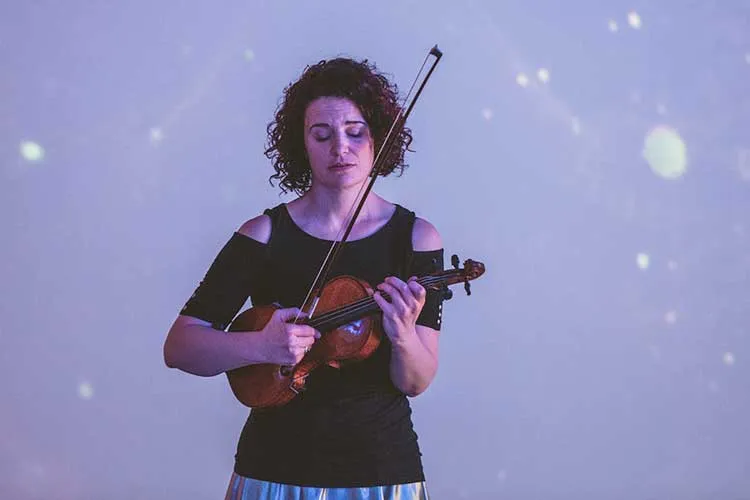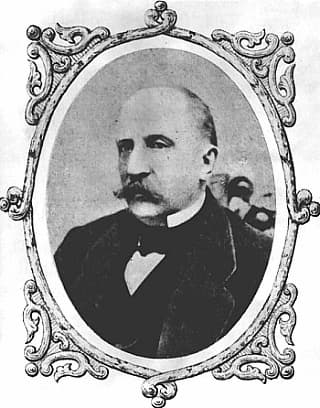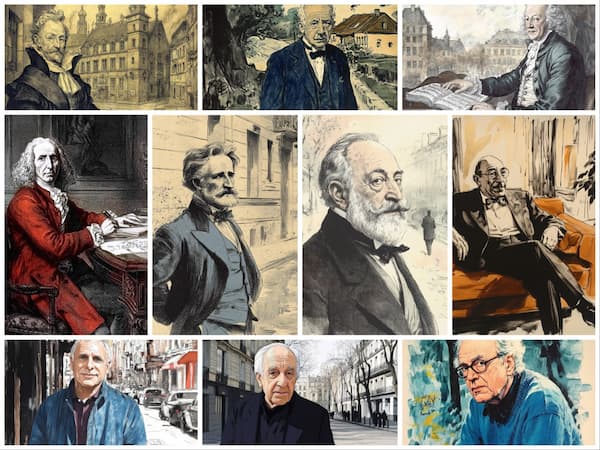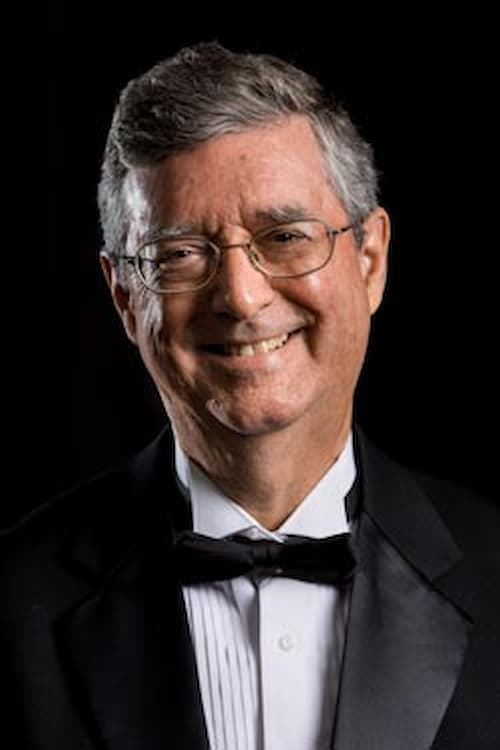As we celebrate the birthday of Ludwig van Beethoven on 17 December, we are once again reminded that the composer and thinker elevated musical expression to a new level of consciousness. From his early days, it was clear that Beethoven would be a musical force. His first composition teacher in Bonn, Christian Gottlob Neefe, writes, “Louis van Beethoven is a boy of 11 years and of the most promising talent. He plays the piano very skilfully and with power and reads at sight very well. This youthful genius would surely become a second Wolfgang Amadeus Mozart if he were to continue as he has begun.”
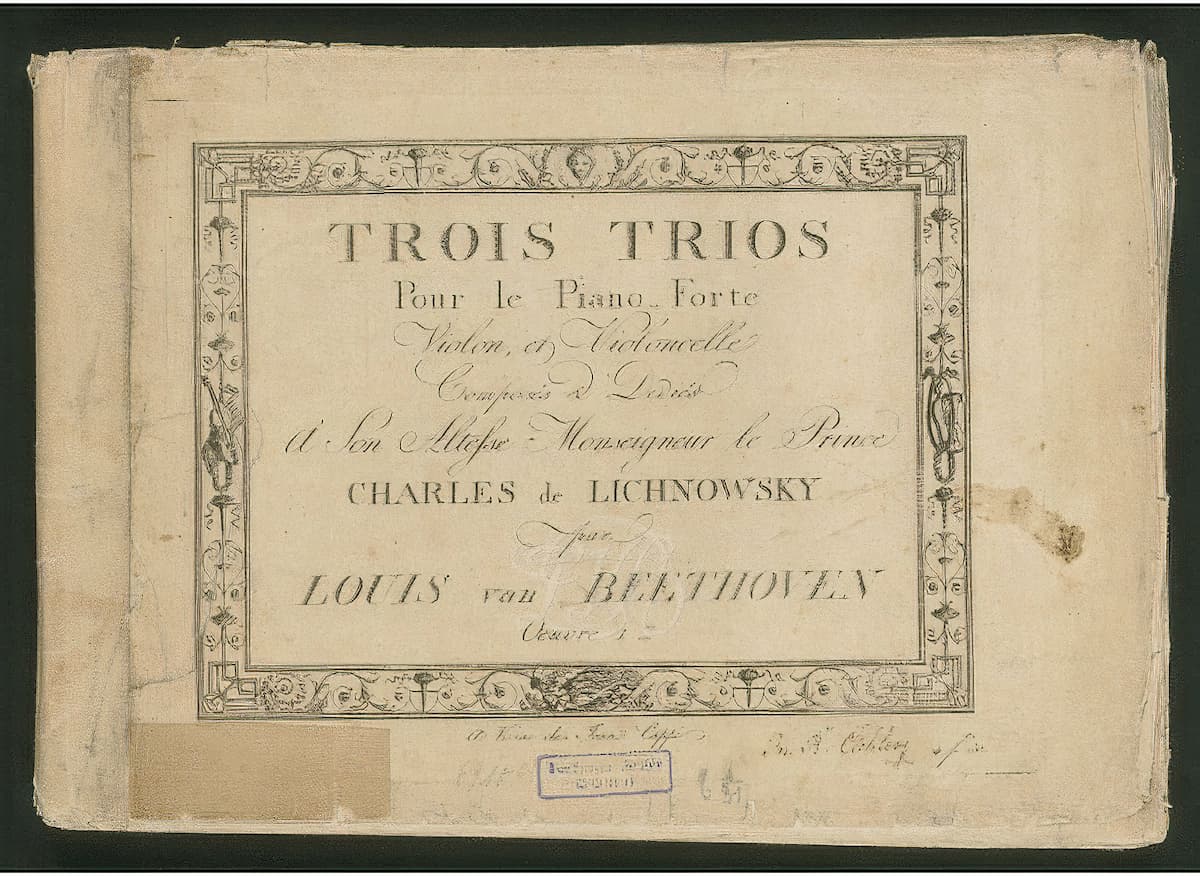
Beethoven’s Piano Trio Op. 1 cover page
A good many juvenile compositions belonging to his years in Bonn have been seen as evidence that Beethoven was “a slowly and tardily developing master.” This view has been thoroughly revised, and we now recognize Beethoven as the “last and finest flower of the Mannheim tree.” The famed Mannheim school was in decline, and the once famous orchestra had effectively been dissolved after the war of 1778. However, the Mannheim style and its preoccupation with dynamic extremes of “soft” and “loud” and some of its idiosyncratic and contradictory musical phrasing clearly found its way into three Beethoven piano sonatas written in 1783.
Many of these juvenile works do survive, and a couple were actually published. However, as Beethoven matured, he began to draw in additional musical styles and practices. In fact, he began to meticulously synthesise before stepping onto the public stage. In 1791, Beethoven began to draft three piano trios, works that he took with him to Vienna. After a period of revision, he completed the works in 1792 and, significantly, designated them as his Opus 1.
Ludwig van Beethoven: Piano Trio in E-flat Major, Op. 1, No. 1
Ferdinand Ries, one of Beethoven’s students, reported that the composer took on the piano part at the first performance of the set in early 1794. That performance took place at the Viennese residence of Prince Karl Lichnowsky, an important patron and the dedicatee of the set. It turned out to be the musical highlight of the years, and Ries writes, “Most of the artists and music-lovers were invited, especially Haydn, for whose opinion all were eager. The trios were played and at once commanded extraordinary attention.”
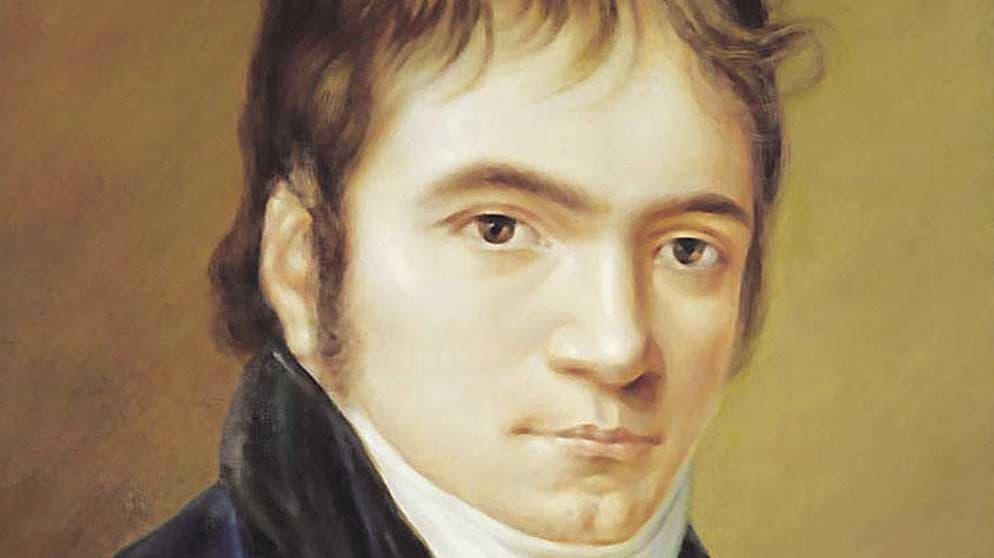
Ludwig van Beethoven
Ries continues, “Haydn also said many pretty things about them but advised Beethoven not to publish the third, in C minor. This astonished Beethoven, inasmuch as he considered the third the best.. . . Consequently, Haydn’s remark left a bad impression on Beethoven and led him to think that Haydn was envious, jealous, and ill-disposed towards him.” Whatever the reasons, Beethoven would wait 2 more years after the performance before he actually released the work. And when Haydn suggested that Beethoven should be identified as his student on the score, Beethoven declined.
Haydn not only enjoyed an exceptional international reputation, he was also one of the most accomplished composers of piano trios. And he certainly understood some of the finer points of effectively writing for this combination of instruments. Haydn’s fingerprints are indeed all over the score, as are Mozart’s. However, a new and distinctive voice is beginning to push itself into the foreground. For one, Beethoven expands the balanced three-movement structure by adding a scherzo or a minuet.
Ludwig van Beethoven: Piano Trio in G Major, Op. 1, No. 2
From the very early moments of his career, Beethoven was looking for a way to get around the traditional third-movement minuet, much beloved by the Classical style. Literally, “scherzo” means joke, and Beethoven writes music that is drawing attention to itself, essentially writing music about music. Adding a fourth movement also expanded the emotional content of the outer movements to near-symphonic proportions, and the concluding movements became much faster and technically much more demanding.

Beethoven-Haus Bonn
In terms of instrumentation, Beethoven completely emancipated the cello, thereby enriching the musical texture and adding opportunities for thematic development. A new profundity is immediately audible in the opening measures of the C-minor Trio. A highly dramatic and compact motive prepares for the entry of the first theme, which suddenly and without preparation rises by a half step. The resulting instability and tension are palatable! Beethoven keeps up the tension until the piano introduces a lyrical and gracious second theme. However, the introductory motive soon takes us on an emotional rollercoaster, and the entire movement manages to generate a great deal of forward momentum.
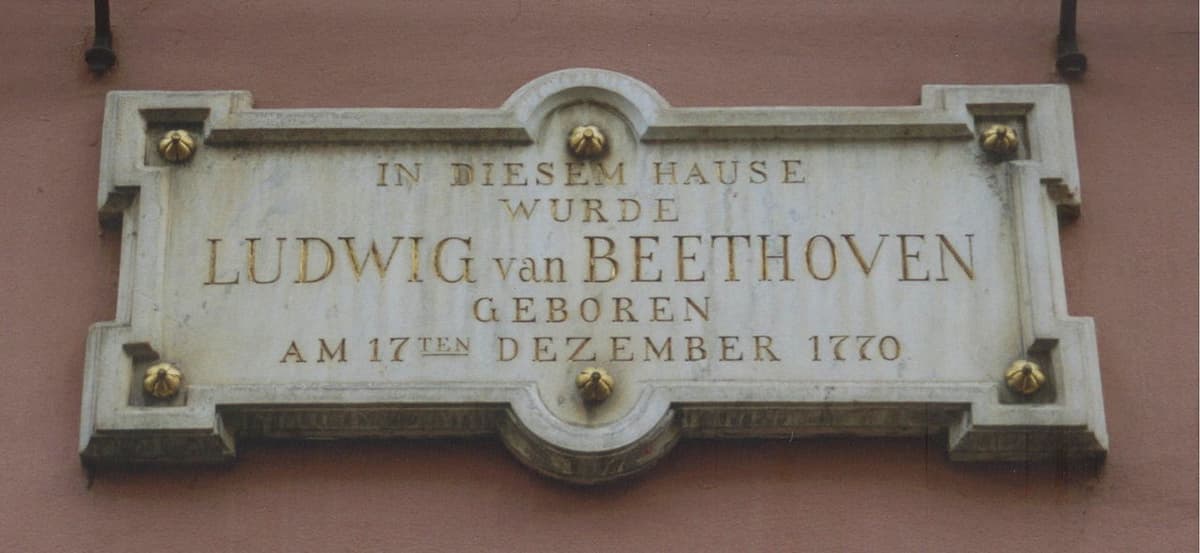
House of birth Ludwig van Beethoven, inscription, Bonn/Germany, Bonngasse
This third trio also presents a hymn-like melody in the variation movements, and after taking a deep breath in the “Menuetto” and “Trio,” Beethoven returns to the intensity of the opening movement. Almost operatic in character, the music provides for a whole range of emotional outbursts. Beethoven’s Op. 1 bears all the musical intensity and concentration that would become the unmistakable hallmark of Beethoven’s compositional style. Robert Schumann famously wrote, “do not seek Beethoven’s genius in his last compositions, you can easily find it in his first.” And when J. B. Cramer gave the first performance of the works in London, he exclaimed, “This is the composer who is to console us for the loss of Mozart.”
For more of the best in classical music, sign up for our E-Newsletter

